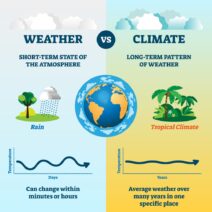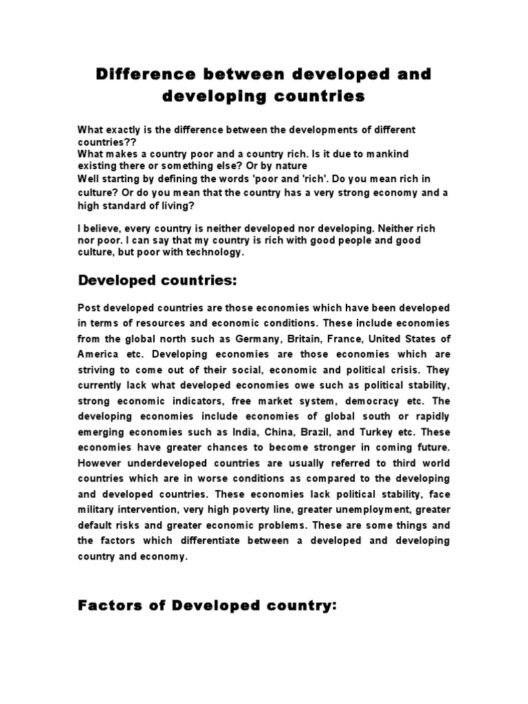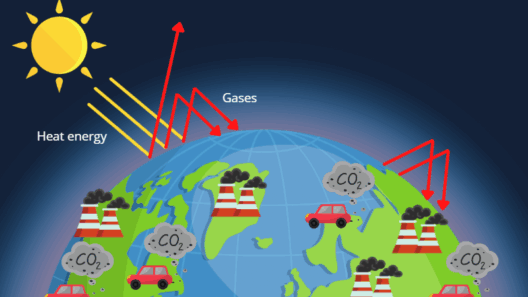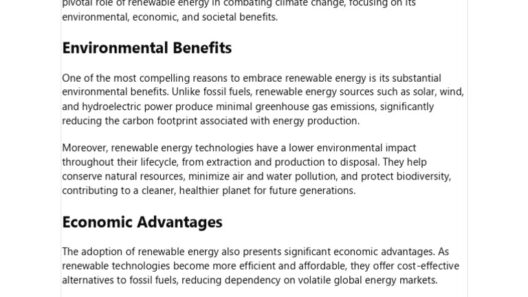The threat posed by global warming to underwater ecosystems is a pressing concern that warrants urgent attention. The oceans, which cover more than 70% of the Earth’s surface, are home to a vast array of life forms. From the smallest plankton to the largest whales, these creatures rely on stable conditions for their survival. However, as global temperatures rise due to anthropogenic activities, a cascade of changes is unfolding within marine environments, endangering the fragile balance of life beneath the waves.
One of the most alarming manifestations of climate change is the phenomenon of ocean warming. As the planet heats up, the increase in water temperature directly affects marine species and their habitats. Many sea creatures, particularly ectothermic organisms like fish, are unable to regulate their body temperature. Consequently, they exhibit altered metabolic rates, which can lead to diminished growth, reproductive failures, and ultimately, population declines. Coral reefs, often deemed the “rainforests of the sea,” are especially vulnerable. They are highly sensitive to temperature fluctuations, and even a modest rise can trigger coral bleaching—an event where corals expel the algae living in their tissues, leading to diminished health and increased mortality rates.
Another critical aspect of global warming is the phenomenon of ocean acidification, which occurs when increased levels of carbon dioxide (CO2) in the atmosphere are absorbed by the oceans. This process lowers the pH of seawater, making it more acidic. Marine organisms that rely on calcium carbonate, such as mollusks, crustaceans, and coral, find it increasingly challenging to form their shells and skeletons. The implications are dire; the collapse of these foundational species can disrupt entire food webs, leading to broader ecological ramifications.
Changes in ocean chemistry also extend beyond the mere physical alterations of habitats. They have significant impacts on marine biodiversity. As species struggle to adapt to rapidly changing conditions, the risk of extinction looms large for many marine organisms. Endemic species, which are unique to specific locations and often have limited distributions, are particularly susceptible. For instance, species like the vaquita porpoise face critical endangerment due to the combined pressures of habitat loss and climate-induced shifts in prey availability. The interconnectedness of marine life means that the loss of a single species can reverberate throughout the ecosystem, threatening the stability of the entire marine environment.
In addition to directly impacting marine species, global warming also exacerbates the effects of other human activities. Overfishing, pollution, and habitat destruction are often compounded by the stresses of climate change. As temperatures rise and fish populations migrate towards cooler waters, fishing industries may find themselves at odds with the shifting distributions of target species. This not only threatens livelihoods but may lead to increased competition for dwindling resources, exacerbating tensions between communities and nations dependent on marine resources for sustenance.
The phenomenon of sea-level rise presents another critical challenge. As polar ice melts and glaciers retreat, the resulting influx of freshwater into the oceans disrupts salinity gradients that are essential for many marine species. Coastal ecosystems, such as mangroves and marshes, are also at risk from rising sea levels, as they serve as crucial nurseries for various juvenile marine organisms. The loss of these habitats threatens not only the species that depend on them but also the communities that rely on fisheries and tourism for their economic viability.
The symbiotic relationships present in marine ecosystems, such as those between corals and zooxanthellae, highlight the complexity of underwater life. The delicate balance within these relationships can be easily disturbed by climate change. When conditions shift, these symbionts may not be able to survive or function optimally, leading to broader ramifications for the entire ecosystem. The intricate web of life in our oceans underscores the notion that our actions on land resonate deeply beneath the waves.
Addressing these multifaceted threats requires concerted global efforts. Conservation initiatives aimed at protecting marine environments, such as marine protected areas (MPAs), are essential. MPAs can provide refuges for marine life, allowing ecosystems to recover from the pressures of overfishing, pollution, and climate change. Additional strategies include promoting sustainable fishing practices, reducing greenhouse gas emissions, and investing in research to enhance our understanding of ocean dynamics. By harnessing scientific knowledge and community engagement, it is possible to mitigate some effects of climate change, preserving marine biodiversity for future generations.
In conclusion, global warming presents an existential threat to underwater ecosystems, impacting sea creatures in profound and interconnected ways. The rising temperatures, ocean acidification, and sea-level rise, compounded by human activities, necessitate immediate and unified action. Protecting our oceans goes beyond safeguarding marine biodiversity; it is inherently linked to human well-being. As stewards of the planet, we hold a responsibility to ensure that future generations inherit a thriving marine environment, rich in biodiversity and resilience. The fate of our oceans—and indeed, our planet—depends on the actions we take today.






